10 Most Common Tire Problems To Avoid
When it comes to your vehicle’s performance and safety, your tires play a crucial role. However, many drivers overlook tire maintenance until a problem arises. As a leading tire manufacturer, JCBL India understands the importance of proactive care to avoid common tire issues. In this article, we’ll discuss 10 common tire problems and provide tips on how to avoid them.
Common Tire Problems To Avoid
To keep your tires on the road longer you need to learn more about common tire problems and how to prevent them.
1. Uneven Tire Wear
This occurs when different parts of the tire tread wear down unevenly. It can be caused by improper inflation, misalignment, or worn-out suspension components. Uneven wear reduces traction and shortens the lifespan of your tires. Regular tire rotations and wheel alignments can help prevent uneven wear, ensuring longer tire life and improved handling.
Also Read: How to Measure Tire Tread Depth?
2. Tire Puncture
Tire punctures are often caused by nails, screws, road debris, or sharp objects on the road, To avoid punctures, drive cautiously, avoiding debris whenever possible. Additionally, maintaining proper tire pressure can reduce the risk of punctures, as underinflated tires are more susceptible to damage from road hazards.
3. Bald Tires
Bald tires occur when the tread depth wears down, reducing traction and increasing the risk of hydroplaning, especially in wet conditions. Regularly inspect your tires for signs of wear and replace them promptly when the tire tread depth reaches the minimum recommended level. This simple maintenance task can significantly enhance road safety. It’s crucial to replace bald tires to maintain safe driving.
4. Tire Blowout
A blowout occurs when a tire suddenly loses air pressure, causing the tire to burst. A tire blowout can be a terrifying experience, often resulting from underinflation, overloading, or hitting potholes or curbs. To minimize the risk of a blowout, regularly check your tire pressure, avoid overloading your vehicle, and drive cautiously, especially over rough terrain. Promptly replace any worn or damaged tires to prevent blowouts.
Related Article: What Should My Tire Pressure Be?
5. Sidewall Damage
The sidewall is the flexible area along the side of the tire. Sidewall damage can weaken a tire’s structural integrity, increasing the risk of failure. Impacts from curbs or potholes can damage the sidewall, leading to weak spots and potential blowouts. Inspect your tires regularly for signs of sidewall damage, such as bulges, cuts, or cracks, and replace any compromised tires immediately.
6. Underinflation
One of the most common tire problems is underinflation. When your tires are underinflated, it can lead to decreased fuel efficiency, uneven tire wear, and even tire failure. To prevent this issue, make sure to check your tire pressure regularly, especially before long trips. Follow the recommended inflation levels provided by your vehicle manufacturer and our tire manufacturer company to ensure optimal performance.
7. Overinflation
Overinflated tires can lead to a harsher ride, reduced traction, and uneven tire wear. Avoid overinflating your tires beyond the recommended pressure levels specified by the manufacturer. Use a reliable tire pressure gauge to ensure proper inflation, and adjust as needed based on load conditions and temperature changes.
8. Cupping or Scalloping
Cupping or scalloping refers to the uneven wear pattern that resembles cup-shaped indentations on the tire tread. This issue can result from worn suspension components, improper wheel alignment, or unbalanced tires. Cupping reduces traction and can cause vibrations while driving. Regularly inspect your tires for cupping or scalloping, and address any underlying issues promptly to prevent further damage.
9. Vibration
Excessive vibration while driving can indicate various tire or vehicle problems, including unbalanced tires, misaligned wheels, or worn suspension components. Have your tires and wheels balanced regularly to minimize vibration and ensure a smoother ride. Address any underlying mechanical issues promptly to prevent further damage.
10. Flat Spots
Flat spots can develop on tires when a vehicle is parked in one position for a long time, causing localized wear on the tire tread. To prevent flat spots, avoid prolonged parking on hard surfaces, especially in cold weather. If your vehicle will be parked for an extended period, consider using tire cradles or rotating the tires periodically to distribute the weight evenly.
Conclusion:
By understanding these common tire problems and implementing proactive tire maintenance measures, you can enhance the lifespan of your tires and ensure safer driving experiences. Regular inspections, proper tire inflation, wheel alignments, and timely replacements are key to avoiding these issues and enjoying smoother, more reliable rides on the road.

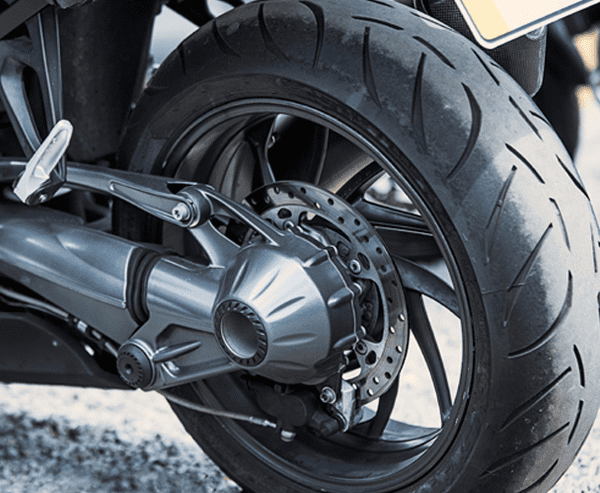
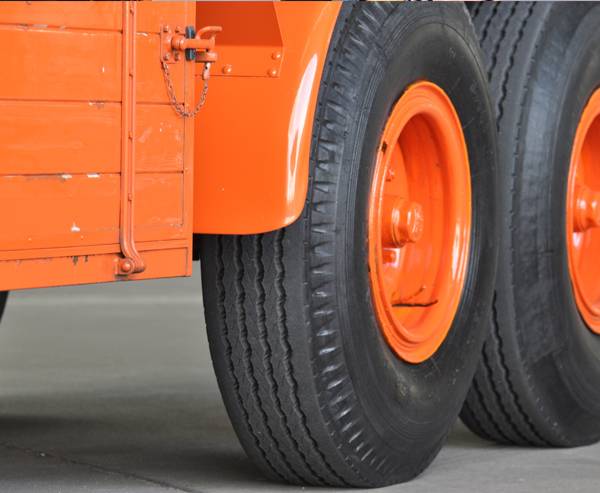
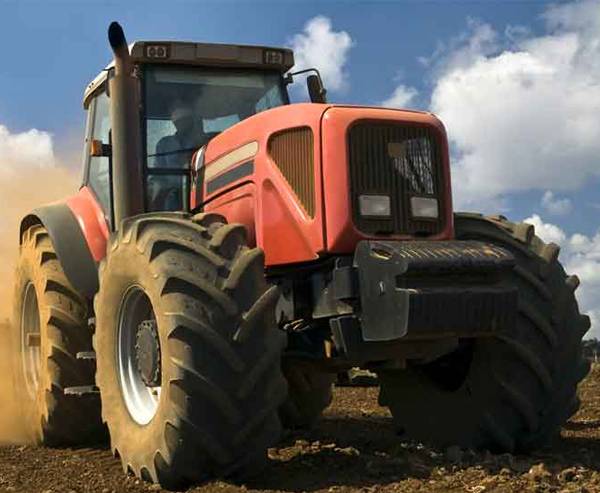
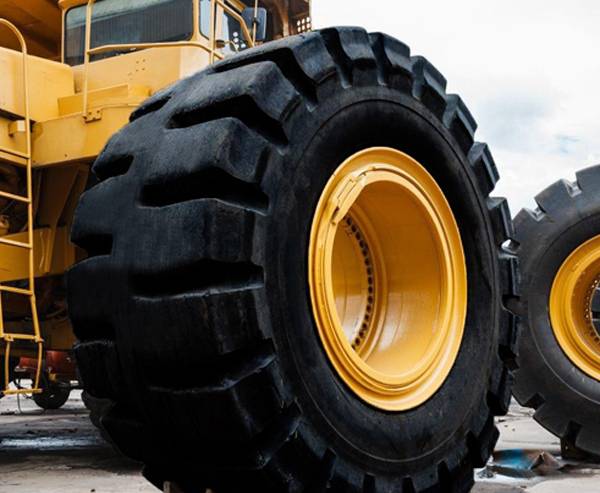
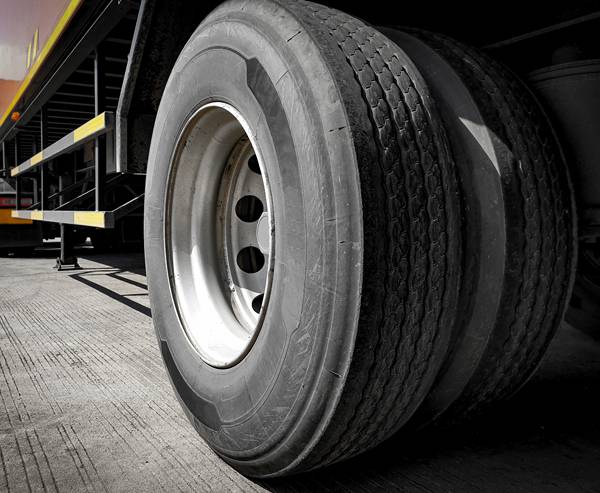
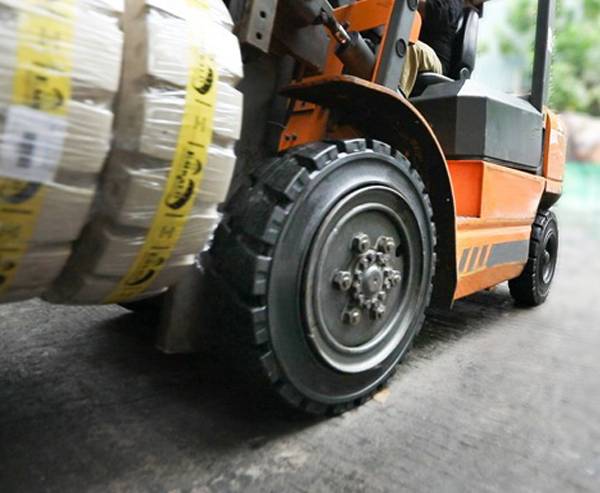
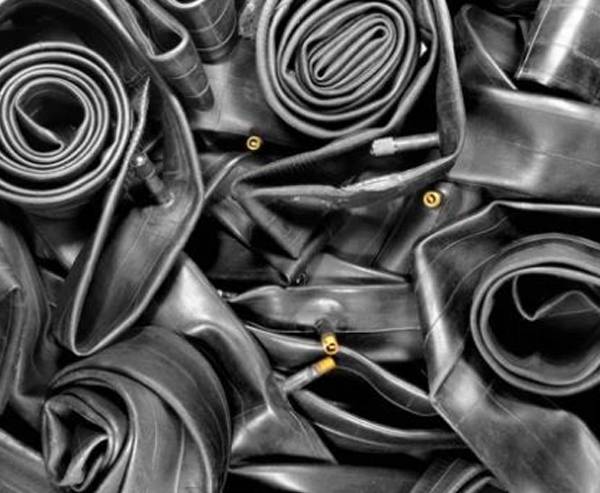





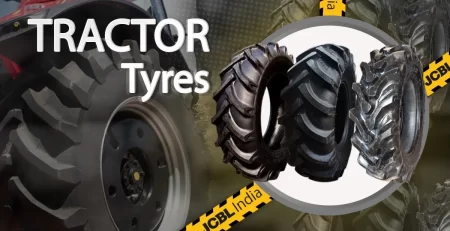




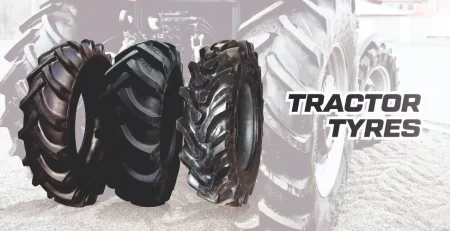
Leave a Reply